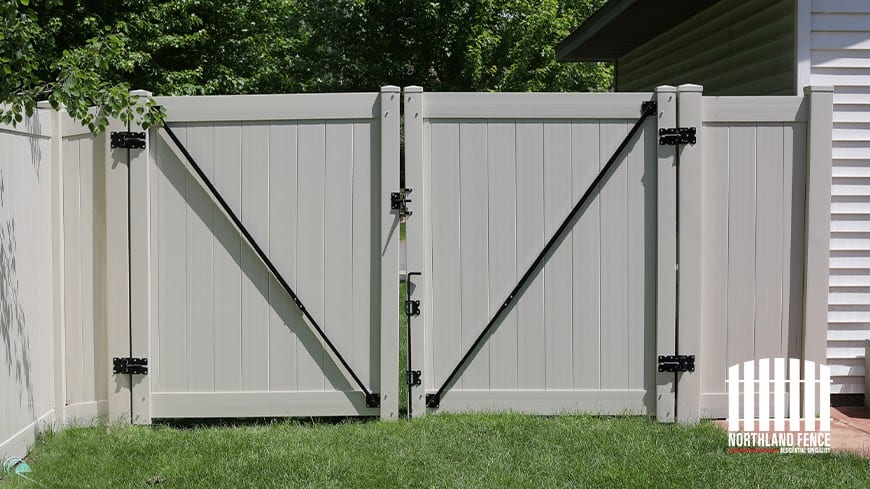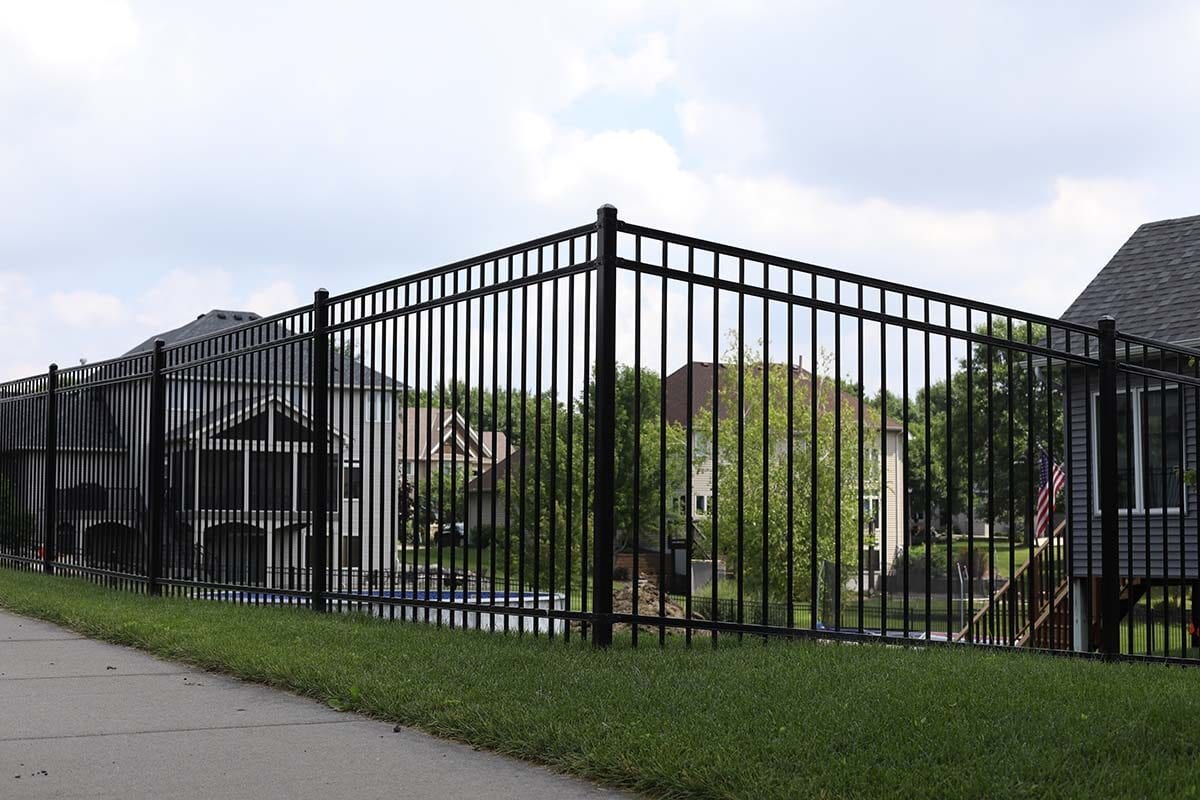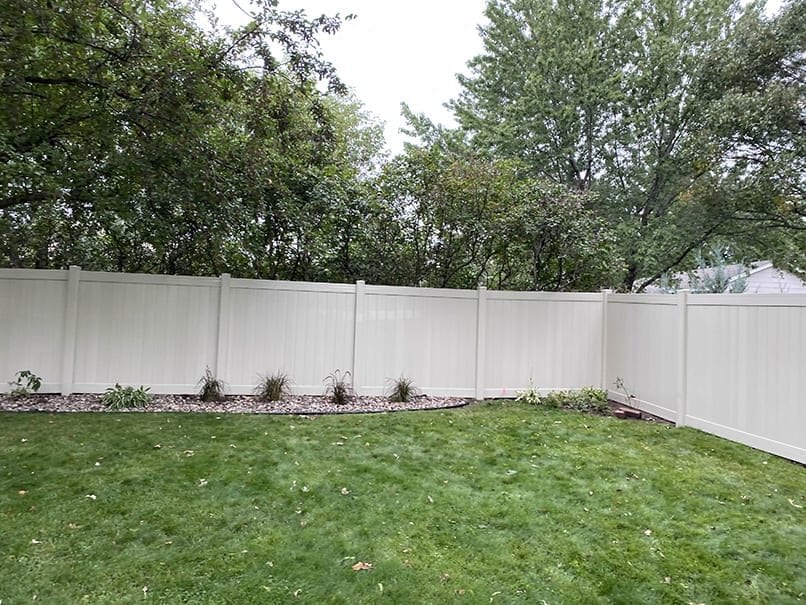
Have you ever driven by a fence and thought to yourself, “Wow, that’s a great-looking fence”? I know I have. If you’re a curious type like I am, you would have also wondered how that fence was constructed and what was needed to make a fence so magnificent.
Would you believe me if I told you it was a bit like a puzzle? Each component has a specific purpose and placement to create a fence with strength and beauty.
The parts of a fence can differ depending on which material your fence is made of. Whether they’re wood, vinyl, chain link, or wrought iron, fences are all made up of different puzzle-like components.
If you’re considering purchasing a fence, it can also prove useful to be aware of the parts of your fence. There may be times when you need to replace a part or would just like to do a little of your own research about it online.
Puzzles can get hard at times, but fencing doesn’t need to be. A few different fence types will be covered as we know it’s important to be able to compare and contrast them according to your specific needs.
Wood Post Fences
Wood fences are the most common fence type in the United States. Unfortunately, wooden fences are susceptible to harsh elements, pests, and rot. Wood fences typically require upkeep or board replacement more often than other fencing options, so it’s a good idea to know what parts you may need. They include:
Posts
- The fence posts are the main foundation of the fence. A lot of the time, companies use concrete to hold the fence posts in place. This can cause a lot of headaches long term. Northland Fence does it a bit differently. Northland Fence uses a process in which the fence posts are driven directly into the earth. This process allows for an extremely durable and stronger fence, and cleaner installation.
Pickets
- Pickets are essentially the “body” of the fence. With the posts being the skeleton, the pickets make up the skin. So when you see that fence you think looks great, the wooden slats that are typically placed vertically along the fence structure are the pickets.
Backer Rails
- Backer rails are the parts of the fence that lie horizontal to the pickets. Backer rails serve as a means for the pickets to continue standing. Without them, all of the pickets would fall.
Cap Board
- Cap Boards are placed on top of pickets to give the fence a more finished look. Cap boards are an optional part of wood fencing. Many times, people will leave this off and have the top of the pickets exposed.
Kick Board
- Kickboards are also an optional part of fencing but can prove to be beneficial. Kickboards are placed horizontally along the bottom of the fence pickets. These can help prevent the bottom of the pickets from rotting as they are pressure treated.
Gates
- Gates are used to breaking up the fencing while also keeping the fence secure. Gates are a very convenient and extremely useful part that many add to their fencing.
Chain Link Fence
Chain link fences have many different parts from most other fence options due to their woven and diamond-patterned steel wiring. Because of those differences, it’s necessary that approaches and parts will be different when installing a steel chain link fence.
The main components include:
Line Posts
- Line Posts are the portion of a chain-link fence that will be put into the ground. It’s the foundation for the rest of the fencing. These posts are normally reinforced with cement. They can also be driven into the ground.
Terminal Posts
- Terminal posts are used in places where the fence bends, turns, or ends. These posts are placed in order to bear more tension than the line posts. Terminal posts are typically placed 2 inches deeper than line posts to provide for more reinforcement.
Chain Link Fabric
- Chain-link fabric is the woven and diamond-patterned steel wiring that runs between the posts in order to create the fence. Chain link fabric can also be referred to as just “fabric.”
Top Rail
- The top rail is the metal tubing that is run horizontally along the top portion of the fence to help hold it together.
Tension Bars
- Tension bars are meant to evenly distribute pressure throughout the chain link fabric while the fence is being constructed. Tension bars lessen the effects of bending and damage to the fencing fabric during installation.
Tension Bands
- Tension bands are used to attach the chain-link fabric to the posts within the chain-link fence. Tension bands ensure that your chain link fabric is snug against the posts and therefore heightens the durability of your fence.
Northland Fence has a fine selection of chain-link fencing options. If you’d like to learn a bit more about chain link fences or would like to view our gallery of work we’ve done in the past, please visit our website here.
Wrought Iron Fence
Wrought Iron fencing is one of the more decorative styles of fencing available on the market. With its durability and strength, wrought iron provides much more than just a classic appearance. Wrought iron fencing can add value and beauty to your property and also is not too hard to install.

If you have a wrought iron fence or are thinking about getting one, here are some of the components you should know:
Posts
- These are the square pieces that will be sticking in the ground. Posts are used for supporting your fence and keeping everything in place.
Columns
- Columns serve the same purpose that posts do. They can be made from a variety of materials and can be placed in the same spots that a post would go. Columns can also add a more sophisticated or modern look to wrought iron fencing.
Pickets
- Pickets are vertical pieces that make up the actual fence between posts.
Members/Rails
- Rails are horizontal pieces of steel the pickets pass through. This is where the fence panels will connect to the posts.
Finials/Spires
- Finials and spires are the spikey pieces that are placed upon the pickets of wrought iron fences.
Fence Brackets
- Fence brackets are pieces of steel that will connect your rails to your posts. These are used to ensure a strong bond between the two components.
U-Frames
- The u-frame is a frame that will run along the left, right, and bottom sides of your fence’s gate.
Vinyl Fence
Vinyl fencing is a great alternative to wood fencing. There are a few added perks to vinyl fencing as well. Vinyl is easy to clean, low maintenance, won’t rot, and also won’t attract any pests.

It’s important to note that the components of a vinyl fence can vary depending on what kind of vinyl fence you want. They include:
Posts
- Posts are meant to provide structural support. These are typically placed every six to eight feet. They are the larger vertical pieces that are found between each vinyl panel.
Pickets
- Pickets are the vertical pieces of vinyl that would be placed between each post to create the fence itself. With vinyl, many times pickets will come in large panels instead of having individual pickets. This makes them easier to install.
Panels
- Panels are also items that could be placed between each fence post in order to create the surface of the fence. With vinyl, you can get picket panels or you can get privacy panels.
Rails
- Rails are also another item that is placed between each fence post in order to create the surface of the fence. These are different from pickets and panels because they’re placed horizontally instead of vertically.
Post Caps
- Post caps are toppers you can put on the fence posts to give them a more finished and attractive look.
Gates
- Many people put gates in their fences to be able to access their lawn from different points. These can be placed almost anywhere along the fence layout.
Brackets
- Some types of vinyl fencing may require brackets. These would be used to connect the panels, rails, or pickets to the posts.
If you don’t want to have to put all the pieces together, let Northland Fence finish that puzzle for you! Our expertly installed fencing has been standing the test of time through the region’s unforgiving weather demands since 2004. Give us a call at (763) 316-4881 today for a quote, or you can visit our fence builder tool to craft the fence of your dreams!
FAQs
What are the parts of a fence called?
The parts of a fence depend upon what kind of fence you’re referring to. There are many different types of fences and therefore many varying parts. You could call the collective parts components, but each piece does have its own individual name and purpose.
What are pickets on a fence?
The pickets of a fence are essentially the mainboards that make up the surface of the fence. Pickets could also be referred to as boards.
What are the parts of a wooden fence?
Posts, backer rails, pickets, gates, kickboards, and cap boards are what wooden fences are typically composed of.
What are the spikes on top of a fence called?
The spikes on top of a fence are referred to as railheads. Railheads are most commonly found on wrought iron fences. There are many types of railheads that vary in aesthetics. You can find very simple railheads or much more decorative ones depending on what kind of look you’re going for.
